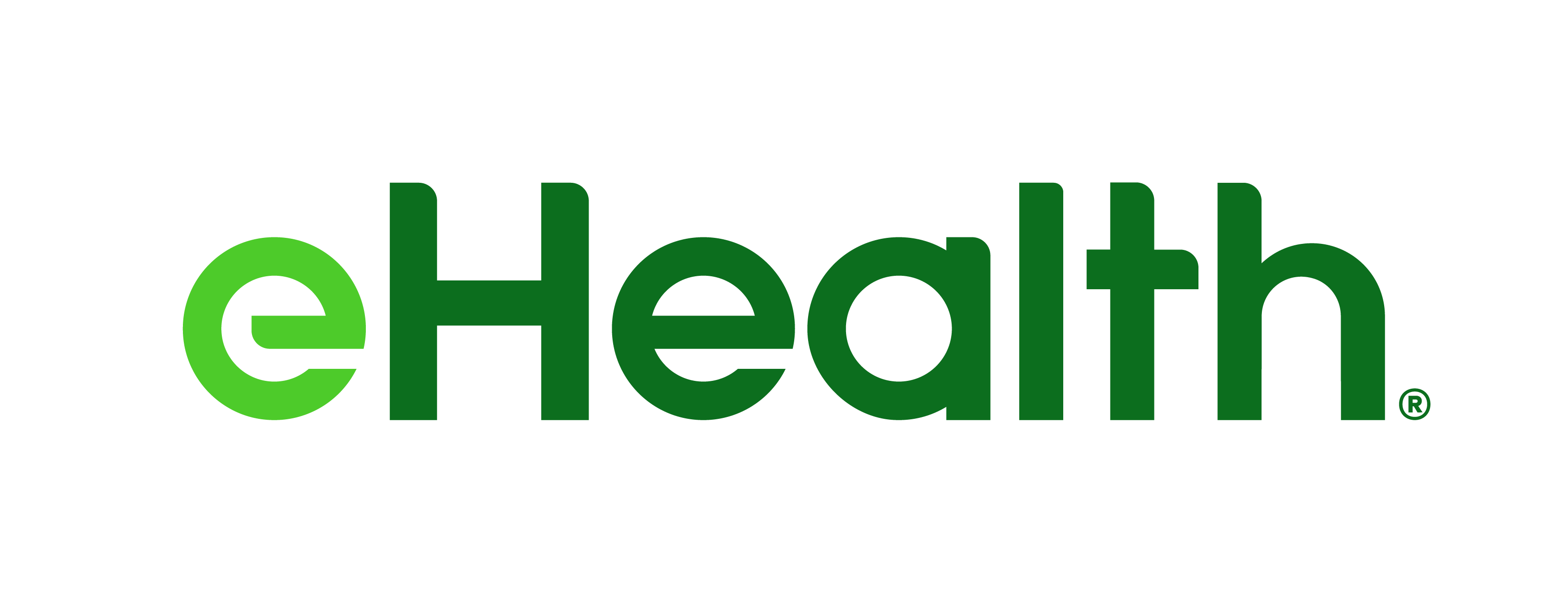eHealthInsurance Releases Tips to Help Consumers Navigate the "Gap Year" Before 2014 Health Reform Provisions Take Effect
In the multi-year roll-out of federal health care reform, 2013 has been described as a "gap year." A number of the Affordable Care Act's consumer-focused provisions were made effective between 2010 and 2012, but the last major provisions of the law -- and those which may have the greatest impact on consumers -- do not come into effect until
- The Individual Mandate -- This is the requirement that most Americans without employer-based health insurance purchase coverage for themselves.
- The Employer Mandate -- This requires employers with fifty or more full-time workers (or the equivalent in part-time workers) to provide employer-based group health insurance for employees.
- Guaranteed Coverage for Pre-Existing Conditions -- Starting in
January 2014 , no one may be declined health insurance coverage due to the presence of pre-existing medical conditions. - Subsidies to Make Health Insurance More Affordable -- Government subsidies will help many people earning less than 400% of the federal poverty level afford individually-purchased health insurance.
In order to help consumers better understand their options during this gap year -- before the above provisions of health reform come into effect -- eHealth has compiled the following five tips:
Gap Year Health Insurance Tips
Don't wait until 2014 to get health insurance. If you're currently uninsured, it might be tempting to wait out the next several months until
Get creative to get covered this year. When looking for health insurance, consider an individual or family health insurance plan first. Work with a licensed agent like eHealthInsurance.com, the best place to compare and apply for health insurance online, to find the right match for your needs and budget. Individual and family plans are paid for on a month-to-month basis and may be canceled at any time. If you don't qualify for coverage due to a pre-existing medical condition, a 2010 provision of the health reform law strengthened state high-risk pools and pre-existing condition plans. Learn more about these options through your state department of insurance or pcip.gov. If standard individual coverage or pre-existing condition coverage isn't an option for you, look into short-term health insurance, accident or critical illness coverage. These products don't provide the richer benefits you may get from a traditional health insurance plan, but they can provide a layer of protection in case of serious illness, accident or hospitalization.
Expect better benefits, and maybe higher prices. Since the Affordable Care Act was signed into law in 2010, health insurance plans have started covering more preventive care and women's health care services with no out-of-pocket cost, and lifetime coverage limits no longer exist for most services. Expect benefits to improve in the next year, too, as coverage for things like maternity care becomes standard, but keep in mind that higher benefits may also mean higher monthly premiums. No one can say exactly what your health insurance costs will look like in 2014, but unless you qualify for subsidies, you may face an increase in what you pay for monthly premiums. Start budgeting for that possibility now, and consider opening a tax-advantaged Health Savings Account if your current health plan is qualified for use with one.
Know if you'll qualify for subsidies in 2014. If you buy your own insurance today, or there is a chance you could lose your employer-based coverage next year, it's a good idea to know if you will qualify for government subsidies to help you pay for your own health insurance. Beginning in 2014, federal subsidies will be made available to individuals and families earning less than 400% of the federal poverty level (about
Don't assume health reform won't affect you. If you have employer-based coverage, you may think you won't be affected by health reform next year. Companies with fifty or more full-time workers will be required to provide health insurance in 2014 or face penalties. However, these penalties are substantially less costly than actually providing health insurance. Knowing that their employees can no longer be declined individually-purchased health insurance due to pre-existing medical conditions, some companies may opt to pay the penalty rather than provide coverage. Small companies (who won't face penalties in 2014) may also get out of the health insurance business and send employees to find coverage on their own.
Additional Consumer Resources:
- Download or request a FREE printed copy of our book, Individual Health Insurance For Dummies, Health Care Reform Special Edition, produced in cooperation with For Dummies®, a branded imprint of Wiley, and co-authored by eHealthInsurance
- Follow eHealthInsurance's consumer blog, Get Smart - Get Covered
- Browse our answers to real-life consumer health insurance questions on Yahoo Answers
- Follow eHealthInsurance on
Facebook and Twitter
About eHealth
For more health insurance news and information, visit the eHealthInsurance consumer blog: Get Smart - Get Covered.
For media inquiries, please contact:
(916) 207-7674
sande.drew@ehealth.com
Cogenta Communications
(805) 527-7733 - direct
kris@cogentacom.com
